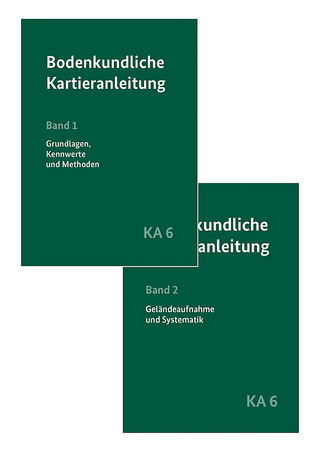
Digital Transitioning in the Built Environment in Developing Countries
Routledge (Verlag)
978-1-032-70495-1 (ISBN)
- Noch nicht erschienen (ca. Februar 2025)
- Versandkostenfrei innerhalb Deutschlands
- Auch auf Rechnung
- Verfügbarkeit in der Filiale vor Ort prüfen
- Artikel merken
One of the book's unique features is that it focuses specifically on the needs and circumstances of developing countries. It recognizes that these countries have different challenges compared to more developed nations. By addressing these specific challenges, the book provides tailored advice that readers can apply in their own contexts. The book also emphasizes the need for training and capacity building. It acknowledges that many professionals in developing countries may not have the necessary skills and knowledge to fully utilize BIM. Therefore, it introduces an approach called the dynamic capacity model, which helps ensure that people receive the training they need to successfully implement BIM. Overall, this book is a practical and accessible resource for anyone interested in implementing BIM in the construction industry of a developing country. It is important reading for professionals and academic in construction management, engineering, architecture, infrastructure development, urban planning, and governance in developing nations.
Prof I Musonda Innocent, Ph.D. (Eng. Man), REng (ZM) PrCM MCIOB MEIZ Innocent holds a PhD in Engineering Management and qualifications in construction management and civil engineering. He is a registered civil engineer (Zambia), a construction manager (South Africa), and a full member of the chartered institute of the building (CIOB-UK) and the International Council for research and Innovation in Building and Construction (CIB). He has worked for both the public and private sectors in Southern Africa. He is currently a Professor in Construction Project Management, researcher, invited speaker, founder and director of the Centre for applied research and innovation in the built environment (CARINBE) based at the University of Johannesburg. Adetayo Onososen holds a PhD in Construction Management and qualifications in Quantity Surveying. His research focuses on Sustainable Infrastructure delivery, emerging technologies in AEC, BIM, and human-robot teams in construction at The Centre of Applied Research and Innovation in the Built Environment (CARINBE). He is the sub-editor of the Journal of Construction Innovation and Cost Management (JCICM) and co-organiser of the DII conference. Dr Thembani Moyo is a Post-Doctoral Fellow at the Centre for Applied Research + Innovation in the Built Environment (CARINBE). His research interests leverage a combination of experimental and empirical approaches to continue making a significant contribution in the pursuit of merging the Fourth Industrial Revolution (4IR) and urban planning.
Chapter 1-Introduction
Chapter 2- Digital Transitioning
Chapter 3- Building information modelling: A digitalisation platform
Chapter 4- Technology Adoption: BIM & Digital Twin Technologies
Chapter 5- Organisational Digital Workflows Towards Digital Transitioning
Chapter 6- Common data environment (CDE): Key to collaboration digital transitioning in the construction industry
Chapter 7- The critical role of data quality and Standards in the construction industry towards digital transformation
Chapter 8- Digital Transitioning Maturity and Digitalisation Impediments
Chapter 9- Digital Transitioning Implementation Roadmaps
Chapter 10- Recommendation and Implication
| Erscheint lt. Verlag | 12.2.2025 |
|---|---|
| Zusatzinfo | 8 Tables, black and white; 24 Halftones, black and white; 24 Illustrations, black and white |
| Verlagsort | London |
| Sprache | englisch |
| Maße | 156 x 234 mm |
| Themenwelt | Naturwissenschaften ► Geowissenschaften ► Geografie / Kartografie |
| Technik ► Architektur | |
| Technik ► Bauwesen | |
| ISBN-10 | 1-032-70495-0 / 1032704950 |
| ISBN-13 | 978-1-032-70495-1 / 9781032704951 |
| Zustand | Neuware |
| Haben Sie eine Frage zum Produkt? |
aus dem Bereich


